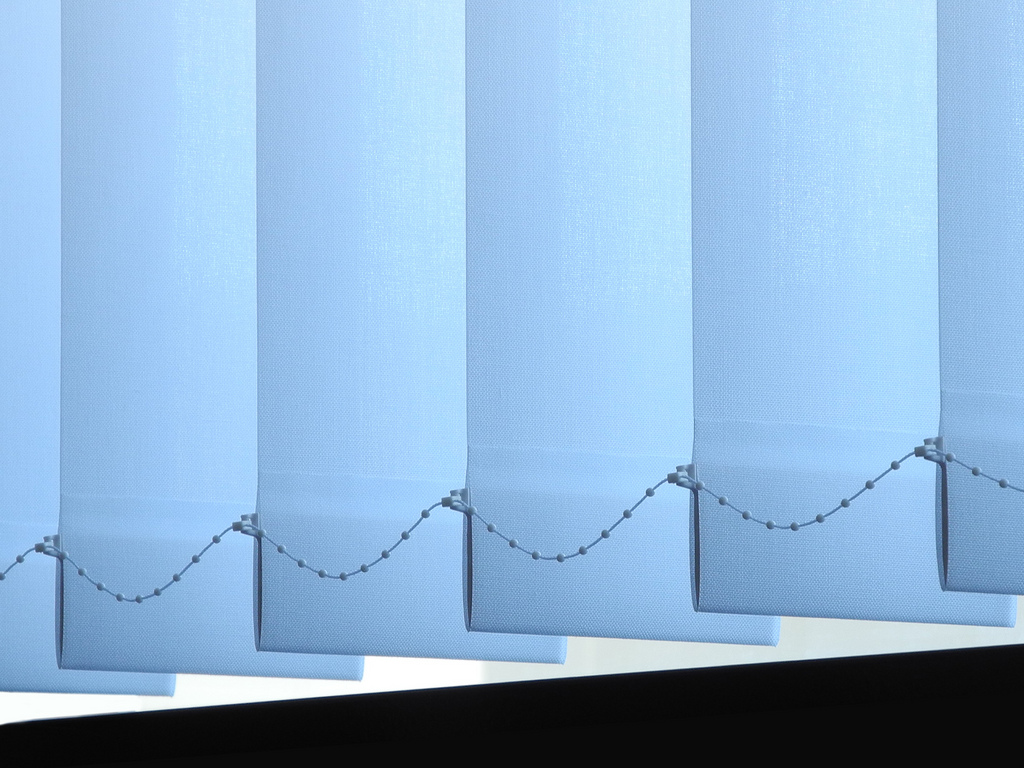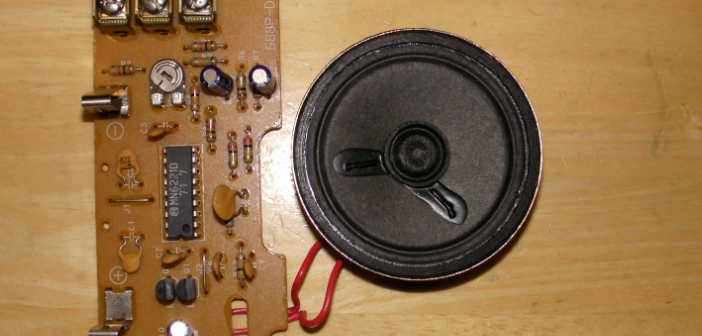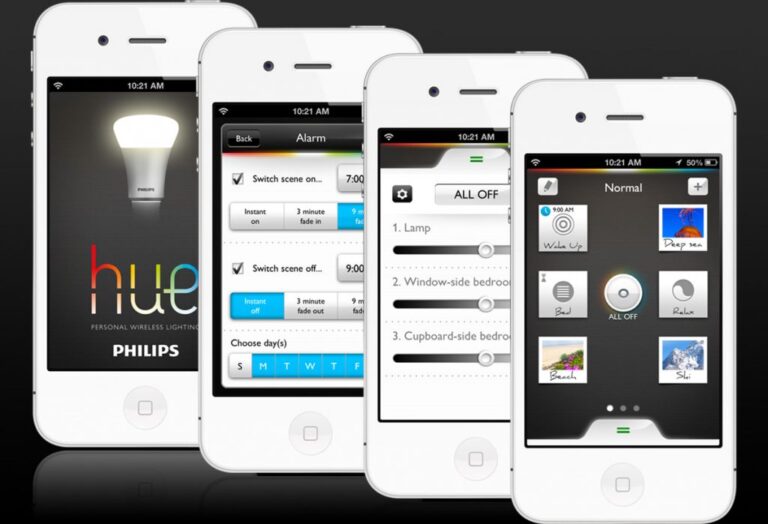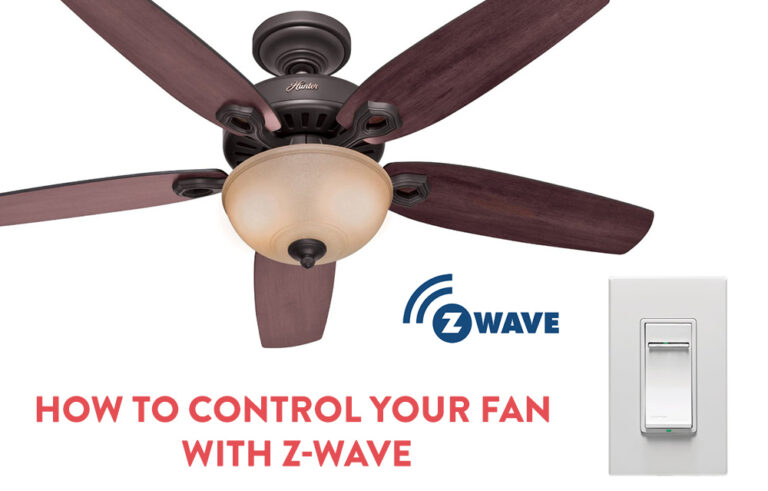DIY Z-Wave Automatic Blinds
With the help of Z-Wave Automatic Blinds technology, you’ll be able to make your home even smarter. The best part is you’ll be able to achieve that on a budget!
Can you imagine waking up and sun rays gently touching your face? In some Sci-Fi movies, you will find people not having to push buttons or roll levers for the window’s blinds to open and close up. And with the smart home technology we have today, it’s hard to imagine that people still control their window blinds manually. With creative ideas from all around the world, people make their homes smarter in a variety of different ways. However, we believe that one of the first steps one should do to make their home smarter is to automize their window blinds or shades. That’s why we’ve decided to start out our Smart Home Guide with a few ideas and tips on Z-Wave automatic blinds and shades.
You may find a lot of ready-to-install solutions online and in stores, but the truth is that most of them have a huge price tag. Furthermore, if you are tech savvy, you will be able to make the automatic blinds yourself.
Going Completely D-I-Y for a Z-Wave Automatic Blinds Solution
Budget: $150-$250
Suggested Items:
If you want to turn your ordinary blinds and shades into Z-Wave controlled automatic blinds, there are a few key items you will need. Depending on the size and type of your blinds, you’ll need:
- A Motor – It should be able to sustain and have enough energy to roll your blinds.
- A Power Supply – This could also be replaced by a solar panel with a battery
- A Z-Wave Communication Device – Any Z-Wave Controller you typically use.

Z-Wave with Servo for Venetian Blinds
If you have Venetian-style blinds and you’d like to turn them into Z-Wave Automatic blinds, your best bet would be to go with an analog servo, such as the Futaba S3003 Standard Servo. Arduino is easy to use and by using a cheap compatible board, such as the Elegoo Nano, and driving a standard servo to perform the actual opening or closing of the blinds, you’d be good to go. Additionally, to add Z-Wave connectivity, you might want to use a relay module, such as the Remotec ZFM-80. What’s right about this relay is that it has a manual button that will allow you to control the blinds manually as well.
The steps to automize your blinds are simple. Open up the standard Venetian blinds gearbox that is used to tilt the blinds and connect it to the servo. Make sure that you properly program your servo and z-wave module via the arduino nano board. Mount the servo in the frame of the shades, if possible. If you prefer going wireless, make sure you find a good power supply option for your set-up. Also make sure to devise a small mount, where you can attach the battery. Otherwise, just plug the setup into the socket with an AC adapter, and you’d be good to go.

Standard Roller Motor and a Z-Wave power Supply for Roller Blinds
Suggested Items:
There are quite a few options for you to choose from if you have Roller Blinds. However, if you want to stay within a budget and be able to automize your blinds simply and quickly, you should go with the roller motor and z-wave power supply solution.
The Add-A-Motor D80 is powerful enough for standard roller blinds, and if you need a more robust solution, they have other models, such as the 2000 model. The motor is relatively cheap, and if you combine it with a Z-Wave power supply, you’d be able to make your house smarter. You’ll also avoid diving into complex Raspberry Pi projects. Of course, that doesn’t mean that you can’t use rPI for automation. However, with rPI it would take you more time and effort to finish the project. The Z-Wave Power supply will give you the ability to quickly and safely control the motor and the blinds you have installed.
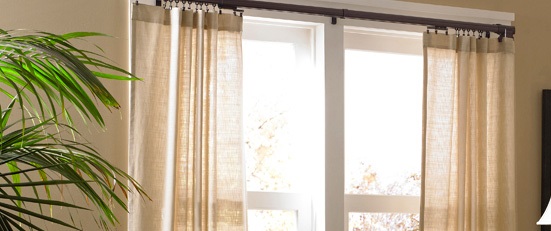
Ready-to-Install Solutions
Of course, these are not the only Z-Wave blinds options you have. With the increased popularity of the protocol and the rise in home automation solutions, you are able to get ready-to-go solutions that are easy to install or complete kits that feature everything you might need for your DIY project. Let’s check a few of them out and see which one is better for you.
DC1-ZW Single Motor DC Shade Controller
While this solution is not exactly ready right out of the box, it does save you a lot of time dealing with arduino boards, relays, servos and the like. Instead, everything is packed in a simple to use DC shade controller for motorized blinds. Of course, like many other z-wave devices on the market, the documentation of this product isn’t exactly up to par, so you might have to spend a couple of hours playing around with the device, but it is ultimately a great solution.
Morning Rising DIY Kit + Z-Wave Adapter
Another option that is simpler to install is the Morning Rising DIY Kit combined with a z-wave plug. While this option doesn’t give you much control, outside of opening and closing your blinds, you will nevertheless be able to control your shades via a smart hub or another z-wave device.
Somfy Blinds Control Automation + ZRTSI Z-Wave Module
In case you have enough of a budget to spend, you might want to go for Somfy blinds control. Allowing you to easily automate your blinds, the somfy blinds control has an automatic relay option that allows you to connect with Z-Wave. The ecosystem of Somfy is amazing, but the downside is that it is rather expensive.
Alternative DIY Options – MIMO Z-Wave Dry Contact Bridge
In case nothing else works, you can purchase almost any motorized blinds or shades kit and use a z-wave dry contact bridge, such as the one from MIMO, to make everything work through the wireless protocol. Of course, this isn’t that easy-to-install option, but it is still relatively easy to setup and install.
A Sea of Possibilities
Like with any other DIY Smart Home project you have hundreds of opportunities and options to choose from. For example, you can even go with an IR controlled motor, put a gadget, such as the Global Cache WF2IR iTach Wi-Fi to IR to connect the motor to your Z-Wave Wi-Fi system, and your Z-Wave Automatic Blinds will be still ready to go. In this guide, we’ve decided to go for the options, which we believe are the easiest for a new Smart Home enthusiast and are well within a person’s budget. However, we’d love to hear out your ideas, thoughts, and projects in the comments below.
